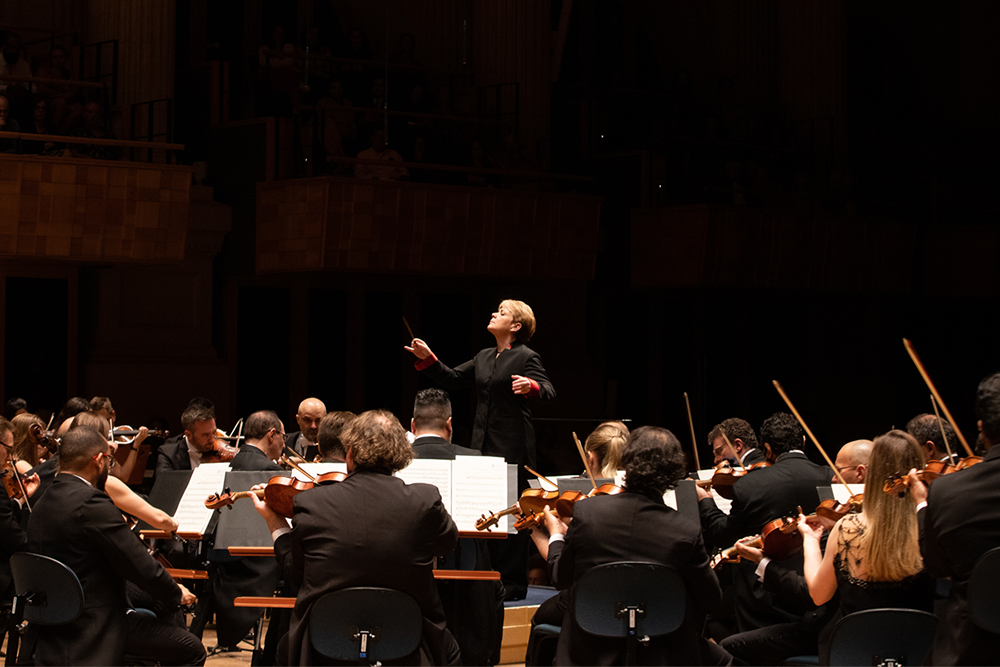Chiefs and Directors, Artistic Directors and Music Directors

How conductors are hired and organised varies between orchestras. In Europe, it is common that each orchestra appoints a Chief Conductor (sometimes also named Principal Conductor) employed on a fixed-term basis. The chief conductor usually conducts only parts of the program each year, sharing the podium with various guest conductors. But the chief conductor is nonetheless the primary “soul” of the orchestra in his or her appointed tenure.
Being the chief conductor usually means bearing the artistic responsibility and defining or shaping the orchestra’s path over a longer period of time. In other words, the chief conductor serves in most organisations as the primary Artistic Director. In this role, they are expected to assume creative leadership as well as cultivating a vision for the future of the orchestra.
Some organisations will opt to have a separate person from the chief conductor in the role of artistic director. In that instance, the conductor will most likely either collaborate with or take directions from the artistic director when implementing the annual and long-term artistic plans. Then again, while some orchestras rely heavily on this singular person to bear the artistic responsibility, others carefully distribute this task to different councils, often consisting of representatives among the musicians, which collaborate with a designated board and the conductor(s) in shaping the orchestra’s vision.
Music Directors
In many countries, especially in the United States and a number of Asian orchestras, the title “Music Director” is commonly used. The term means different things in different contexts but is very often used in orchestras to indicate that the position-holder is both primary conductor, artistic leader and organisational overseer. The position has a lot in common with the European Chief Conductor, but a person in this role will, at least traditionally, have had quite a lot more influence in the organisation than is the case for the chief conductor. The Music Director may, to a greater extent, be involved with the hiring (and firing) of musicians, guest conductors and soloists and have the ultimate say in both musical and administrational matters. Nonetheless, different orchestras construct the internal hierarchy of the organisation in their own way.
Chief Conductor and Music Director positions are undoubtedly senior positions with the orchestras. One will only reach this position by working purposefully from the bottom up. You will need to develop your artistry, establish plenty of industry connections and build a solid reputation over time to ascend the ranks.
In 2020, conductor Chloé van Soeterstède filmed a series of online video interviews with Marin Alsop, Music Director Laureate and OrchKids Founder of the Baltimore Symphony Orchestra (2021). They discuss a variety of topics, one of them being the role of a Music Director. You can watch this video in section three of the Careers Office, Learning From the Best.
Directors in Opera and Ballet
Opera, ballet and musical theatre houses are not vastly different from symphony orchestras in terms of artistic management, though they often have significantly more people involved split into several departments. For example, Staatsoper Berlin has both an Intendant with artistic responsibility, a General Musical Director, a Staatskapellmeister, an Artistic Director of Opera and a separate Choir Director. Some houses, on the other hand, have just one Music Director in charge of the overall musical performance, overseeing all musical aspects of the production such as casting performers, supervising actors, singers and dancers in musical interpretation and conducting the orchestra in performance.
If you are interested in more information on how you may get into opera, you should watch our interview with Dominic Wheeler, Head of Opera at the Guildhall School of Music & Drama, in the Study Room.